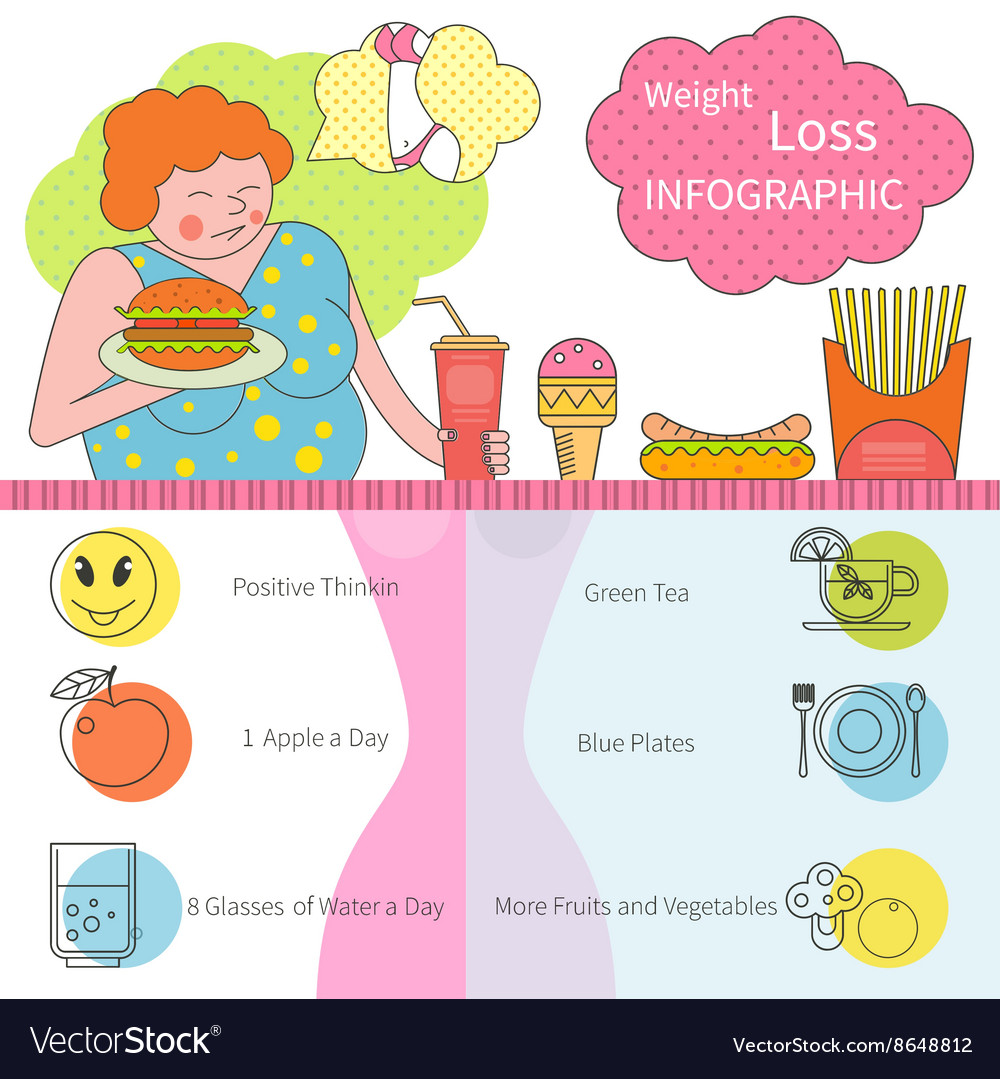The Anatomy Of A Successful Weight-Loss Program: A Scientific Perspective
The Anatomy Of A Successful Weight-Loss Program: A Scientific Perspective
Blog Article
Write-Up By-Galloway Deal
Have you ever before wondered what truly drives an effective weight reduction program? It's not almost cutting out carbs or hitting the health club for hours on end. No, the scientific research behind it is a lot more complex and remarkable than that.
As a matter of fact, it all comes down to one key element: the energy equilibrium formula. Fascinated? Well, twist up since we will study the nitty-gritty information of exactly how recognizing this formula, in addition to the function of macronutrients and the influence of exercise on metabolic rate, can be the game-changer you've been searching for.
Understanding the Power Balance Equation
To effectively attain weight loss, it's critical to understand the power balance formula. This formula is the structure of any kind of reliable weight reduction program.
It specifies that weight loss takes place when the power you consume with food and beverage is less than the energy you expend through exercise and physical features. In less complex terms, you require to burn more calories than you consume.
This develops a calorie deficiency, causing weight-loss. Comprehending this equation allows you to make enlightened decisions regarding your diet plan and workout regimen.
The Role of Macronutrients in Weight Management
Recognizing the macronutrients and their duty in weight loss is necessary for developing an efficient dietary strategy. Macronutrients, that include carbs, proteins, and fats, are the three main sources of power in our diet plan. Each macronutrient plays a distinct role in our body and affects fat burning differently.
Carbohydrates: They supply energy and are necessary for brain feature. Nonetheless, eating a lot of polished carbohydrates can cause weight gain.
Healthy proteins: They help develop and fix tissues, increase metabolism, and promote satiation. Consisting of lean sources of protein in your diet plan can aid in weight reduction.
Fats: They provide energy, support cell growth, and aid absorb fat-soluble vitamins. Selecting healthy and balanced fats, such as those found in avocados and nuts, can contribute to fat burning.
The Influence of Workout on Metabolic rate
Normal exercise plays a vital function in increasing metabolism and assisting in weight management. When you take part in physical activity, your body's metabolic rate rises, resulting in more calories melted throughout the day. This increase in metabolic rate results from a number of factors.
Initially, exercise boosts the production of muscle cells, which is extra metabolically energetic than fat cells. Therefore, the more muscle you have, the higher your resting metabolic rate will be.
Second, https://www.newsweek.com/weight-loss-changes-results-expert-advice-1692523 raises the effectiveness of your mitochondria, the giants of your cells in charge of producing energy. This means that your body progresses at transforming kept power (like fat) into usable energy.
Ultimately, workout also enhances insulin level of sensitivity, enabling your body to much better manage blood sugar level degrees and stop excess fat storage space.
Conclusion
So now you recognize the scientific research behind a successful weight management program. By balancing visit the next website page and expense, focusing on the ideal macronutrients, and incorporating workout into your regimen, you can accomplish your fat burning objectives.
Visualize a much healthier, better you, shedding those additional pounds and feeling even more confident in your own skin. It's within your reach, so take the very first step and devote to a science-backed weight loss program today.
